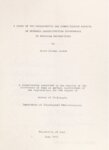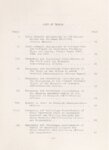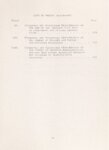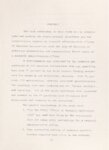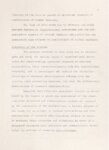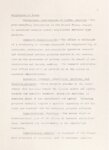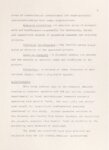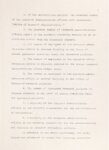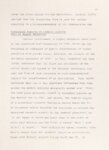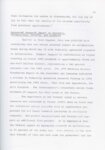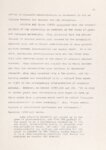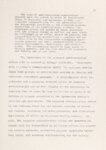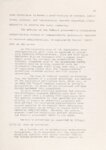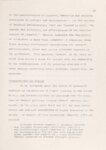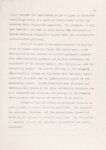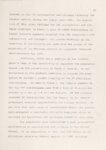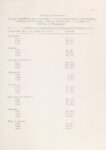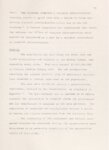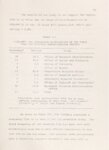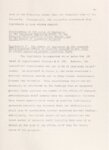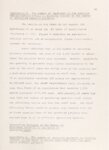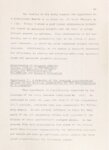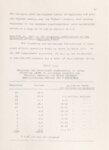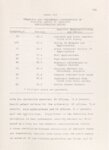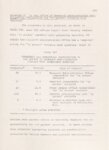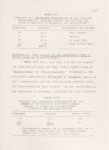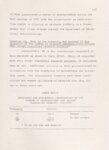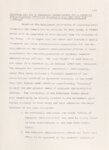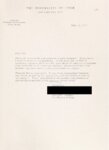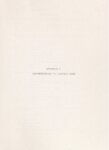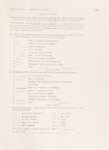| Description |
The task undertaken in this study was to investigate and examine the organizational structures and the communication aspects of research administration offices in American universities with the hope of deriving an effective organization and communication format model of a research administration office. A questionnaire was developed by the research and submitted to 123 American universities that are receiving more than 75 percent of the total federal funding assistance for research and educational services. Over 91 percent, 112 universities, returned completed questionnaires. The resulting data were computerized for further analysis and reporting. Six of the eight hypotheses were supported and answers to the 19 questions were considered most interesting and valuable to the researcher. The general conclusions of the study were: 1. That t.he title "Office of Research Administration" was used more often by the respondents than any other title designation for a research administration office. 2. That university offices of research administration reported more often to the academic xi portion of the administrative hierarchy than to the business or financial portion. 3. That there was a low degree of relationship between the size of the office staff and the number of research projects; and between the size of the office staff and the dollars awarded by sponsors. 4. That there was a clear linear relationship between the size of the research administration office staff and the office budget level, and between the number of sponsored projects and the level of funds awarded by sponsors. 5. That over 70 percent of the directors of the research administration offices held a Master's or higher degree and that the directors are drawn from many campus disciplines, although the highest frequency came from the Business discipline. Of interest to the investigator was r that none of the directors had majored in higher education administration. 6. That while the research administration offices had authority and responsibility for sponsored research and educational service projects, many of the offices not having responsibility for institutional research projects, fellowships, xii and research accounting indicated a feeling that these three additional areas of responsibility should be incorporated into the research administration office function. 7. That the duties normally performed by the majority of the offices were to negotiate with the agencies, review applications and budgets, sign and mail applications to the agencies, handle patent matters, maintain sources of support information, and conduct government security matters for the university. 8. That communication between the research office and the faculty members was accomplished by telephone, by publication of policy and procedure information on sponsored research, by individual letters to faculty members, and through specific subject and project bulletins. 9. That the communication with professional associations or societies was considered by more than 75 percent of the respondents to be helpful to the function of their office. 10. That there were many variations in research administration office organizational structures and communication systems in American universities, but that there were indications from the respondents that a current trend for reorganization and consolidation is evident. Summarily, the author believes that the findings of this study and the derived basic format model comprise the most comprehensive information about university offices of research administration available to date. However, as a result of the findings of this study, the following recommendations are offered: 1. A further study be conducted to determine the feasibility of combining various campus operations closely related to research administration with the office of research administration. 2. That through active participation in and utilization of their professional associations, research administration office directors strive to upgrade these associations with the goal of making them future resource and professional help centers. 3. Additional and similar studies be made to test the findings and conclusions of this study. 4. Pending further study, that those universities organizing or reorganizing research administration offices consider in their planning the results of this study and the derived format model. |


